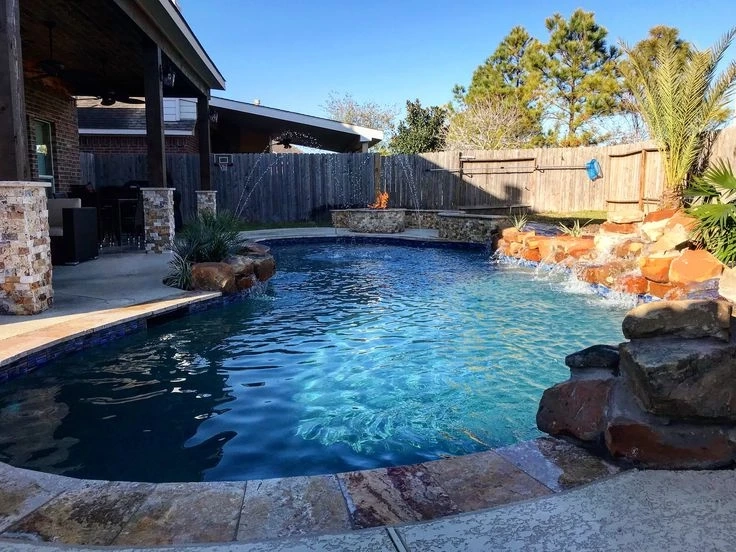Removing a gunite pool can be a significant undertaking, both in terms of time and money. Understanding the factors that influence the cost of pool removal is crucial for homeowners considering this project. In this article, we will delve into the key aspects that impact the cost to remove a gunite pool and provide valuable insights to help you plan your pool removal project effectively.
Pool Size and Complexity
The size and complexity of the gunite pool play a significant role in determining the cost of removal. Larger pools require more labor, equipment, and time to complete the demolition and excavation process. Additionally, pools with intricate designs, unique shapes, or complex features such as attached spas or waterfalls can increase the overall cost due to the additional work involved in their removal.
Access and Site Conditions
The accessibility of the pool area and the condition of the surrounding site can also affect the cost of removal. If the pool is located in a backyard with limited access, it may require special equipment or alternative methods for demolition, increasing the overall cost. Similarly, factors such as the presence of trees, structures, or underground utilities near the pool can impact the complexity of the project and, consequently, the cost.
Demolition Techniques
There are different methods available for removing a gunite pool, each with its own cost implications. The two primary techniques are partial pool removal (also known as abandonment) and full pool removal.
Partial Pool Removal
In this approach, the top portion of the pool is demolished, and the remaining structure is filled with soil or gravel. Partial pool removal is generally less expensive since it involves less excavation and debris removal.
Full Pool Removal
With this method, the entire pool, including the gunite shell, is demolished and removed from the site. Full pool removal typically costs more due to the increased labor, equipment, and debris disposal involved.
Disposal Fees and Permitting
Disposing of the debris generated during pool removal can add to the overall cost. Depending on your location, there may be fees associated with transporting and disposing of the materials at an approved facility. Additionally, it is essential to consider any necessary permits or inspections required by local authorities, which may incur additional costs.Site Restoration: After the pool removal process, site restoration is another factor to consider. This includes leveling and grading the area, as well as restoring landscaping features, such as grass, plants, or hardscaping, if desired. The extent of site restoration required will vary depending on your preferences, which can impact the final cost.
Conclusion
Removing a gunite pool involves various factors that influence the overall cost, including pool size, complexity, access, demolition techniques, disposal fees, permitting, and site restoration. By understanding these key considerations, homeowners can better plan and budget for their pool removal project. It is advisable to consult with professional pool removal services to obtain accurate estimates and guidance tailored to your specific pool and site conditions. With careful planning, you can ensure a smooth and successful gunite pool removal while minimizing unexpected costs.


